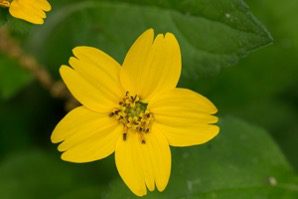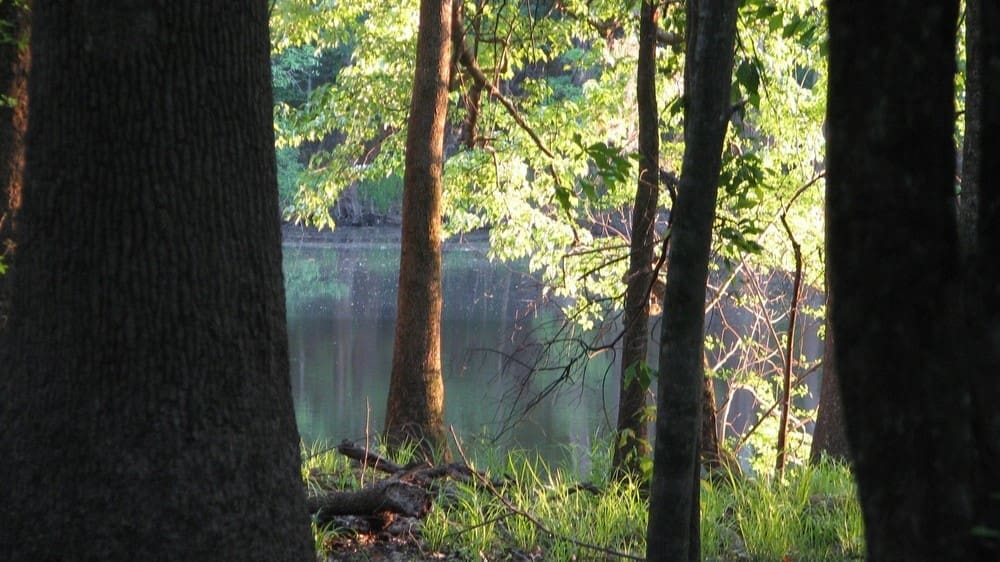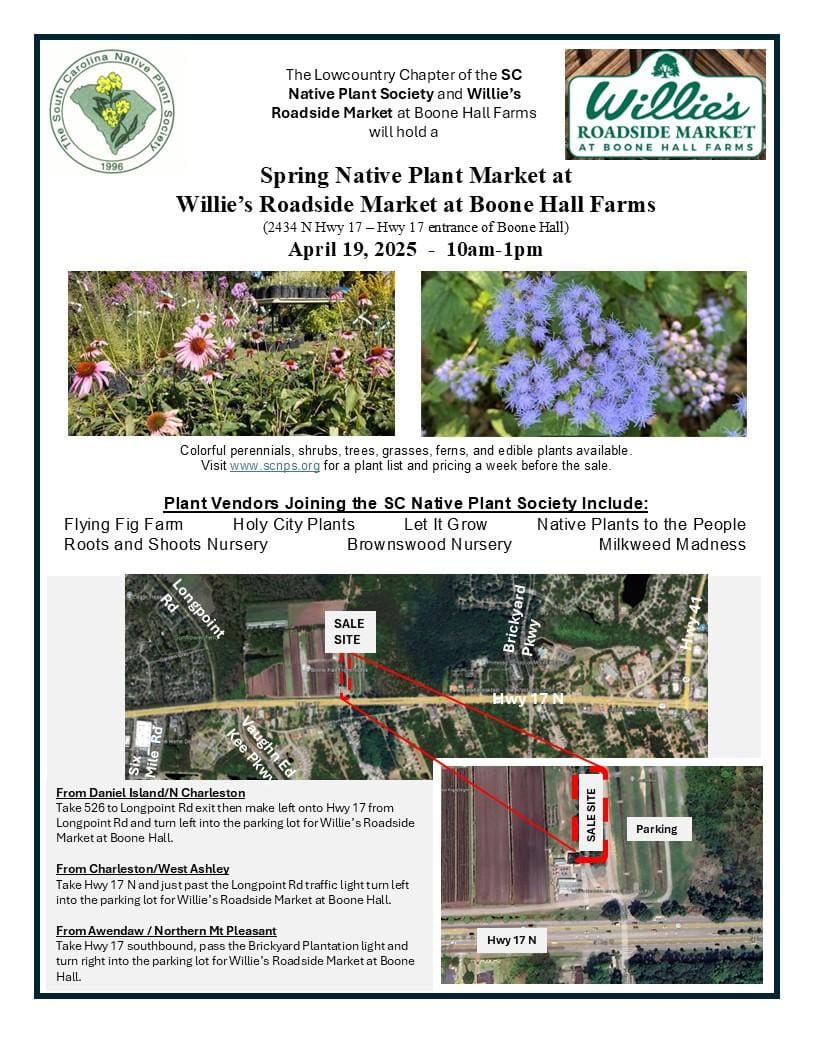Green and Gold (Chrysogonum spp.)
Chrysogonum is the genus name of green-and-gold, a low-growing wildflower of the eastern United States. In the past, only one species was recognized in this genus – Chrysogonum virginianum. It ranged naturally from New York south to Louisiana and Florida. With its low rosettes of leaves and bright yellow daisy-like flowers, it was easy to identify and easy to find in native plant nurseries.
Looking closer, however, botanists and horticulturists noted differences between plants through that large range. Most obviously, some of these plants develop into tight clumps while others form mats by short or long stolons. The clumping types are tidy little plants that are suitable for use in small and formal gardens. The stoloniferous, mat-forming plants spread faster and are great for use as a groundcover especially in a naturalistic setting or in a larger garden. They grow well in part shade to shade and are adaptable to clay, loam and sand. Literature says that they may tolerate full sun if the soil is consistently moist. In upstate South Carolina gardens, plants are evergreen and are ignored by rabbits and deer. Young plants flower well in spring and early summer with scattered flowers through the growing season.
The tricky part is the scientific naming of the plant – or plants. Various references identify green and gold as one species with two or three varieties or three separate species. Many horticultural references use the single name, Chrysogonum virginianum, for all types. Newer botanical references and a few nurseries divide green and gold into two or three varieties or species. Three valuable references for plant names in South Carolina are the Flora of North America, the South Carolina Plant Atlas and Weakley’s Flora of the Southeastern United States. Unfortunately, these three references do not use the same three names for the Chrysogonum types and their range maps do not agree. This is confusing to non-botanists but it is not unusual for different botanists to hold different opinions on scientific matters such as plant identities. It just means that this is a complicated matter and more study is needed to uncover evidence that will bring the majority to agreement.
So, what do we do about names in the meantime? It’s not a matter of scientific validity. Any scientific name that is published in a peer-reviewed scientific journal is a valid scientific name. Where disagreements exist, a botanist will use the name from the publication and/or expert that they trust and include the name of the author with the scientific name that they choose to use. For example, Weakley publishes the scientific name of one species as Chrysogonum repens (Cassini) Nesom. Cassini and Nesom are the authors of scientific articles that convinced Weakley use this name.
The SCNPS Upstate Native Nursery has decided to follow the nomenclatural treatment of the genus Chrysogonum in Weakley’s Flora of the Southeastern United States. This means that we will label sale plants (to the best of our abilities) using Weakley’s names and following his descriptions.
- Chrysogonum virginianum is the northern green and gold. This species is described as having no stolons. Close inspection does show short stems with very short internodes that allow the plant to develop into a tight clump. (An internode is the section of a stem between leaves.) Its flower stalks are one to five inches tall. This species is found naturally in the South Carolina Coastal Plain and further north.
- Chrysogonum repens is the Carolina green and gold. This species has stolons of intermediate length with internodes that are approximately one to two inches long. Its flower stalks are one to ten inches tall. This is the species found naturally in the South Carolina Piedmont – and the rest of the state.
- Chrysogonum australe is the Gulf Coast green and gold. This species has long stolons with internodes that are approximately five to twenty-four inches long. Its flower stalks are one to four inches tall. This species is a comparatively fast grower and an excellent groundcover. This species is found south and west of South Carolina in the Gulf Coast states.
Scientific research will continue. These names and even their descriptions may change in the future. These changes are just a small part of a scientific process to help us better understand the world around us.




